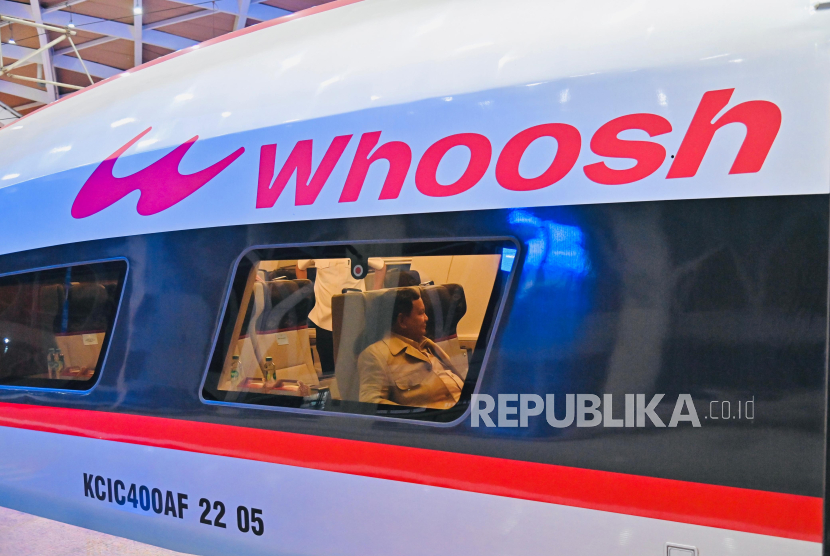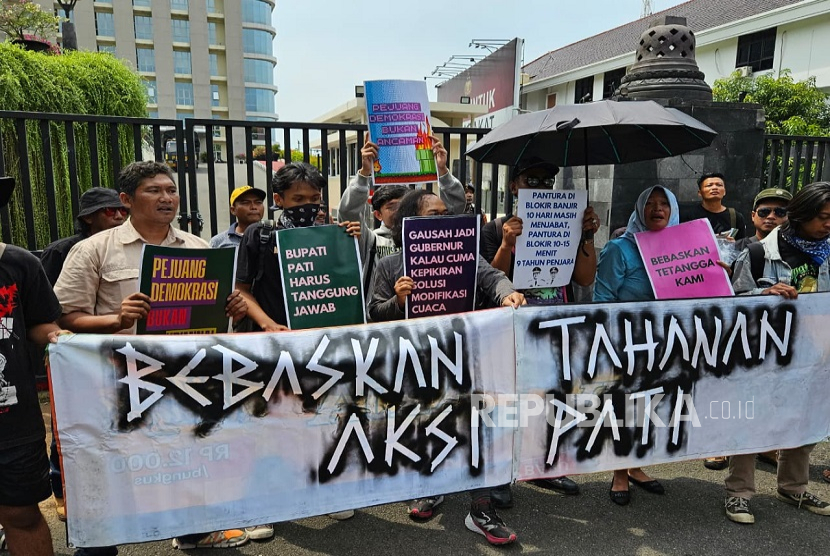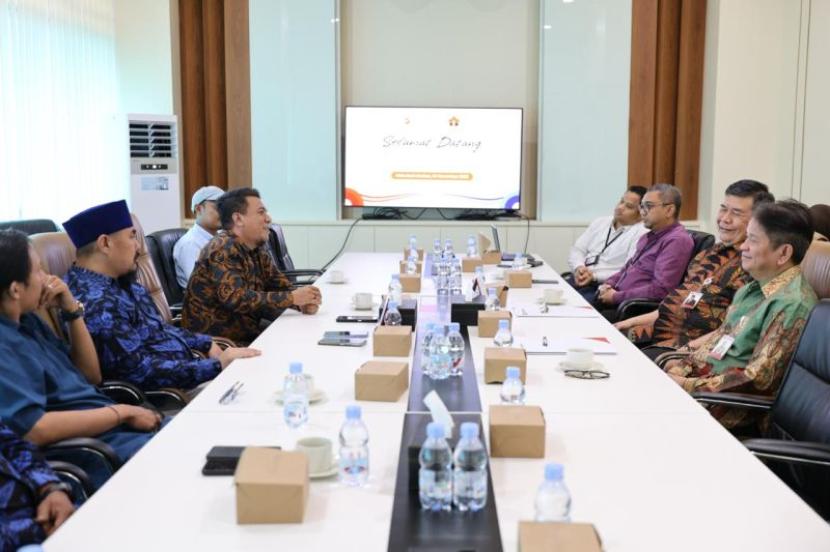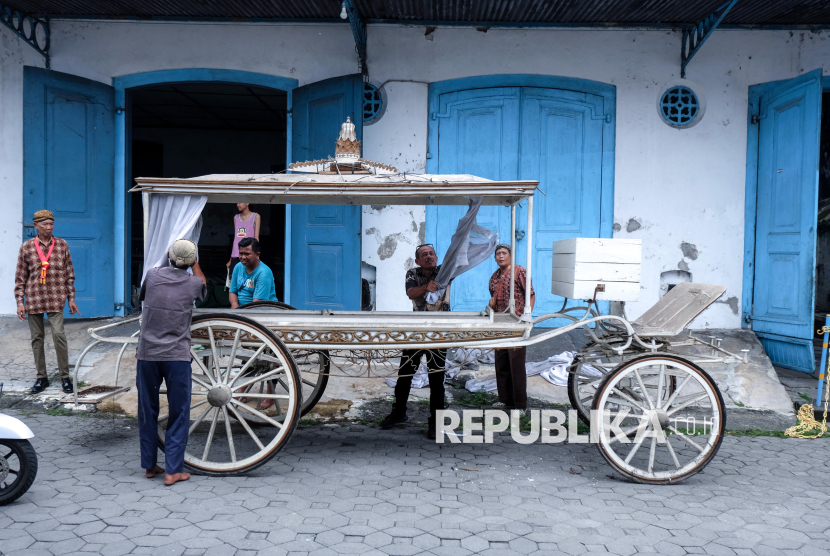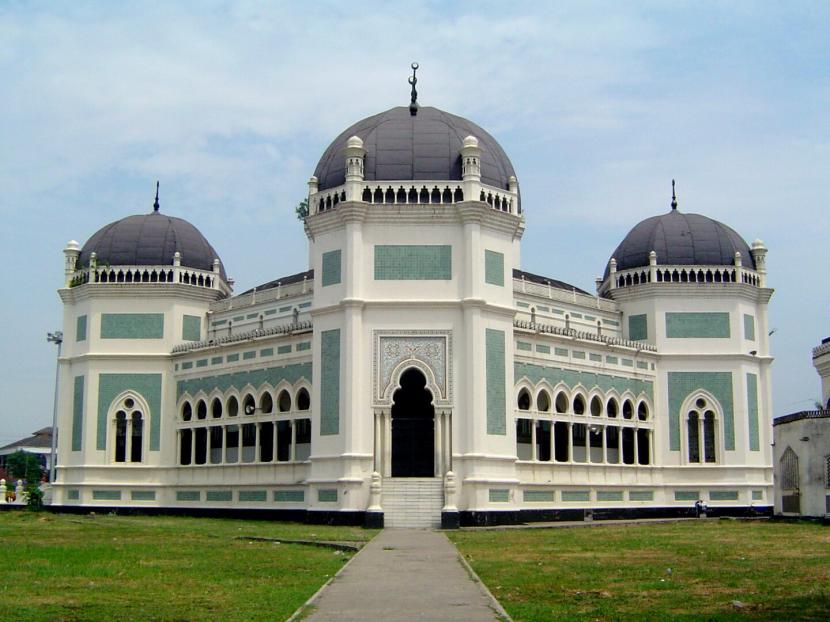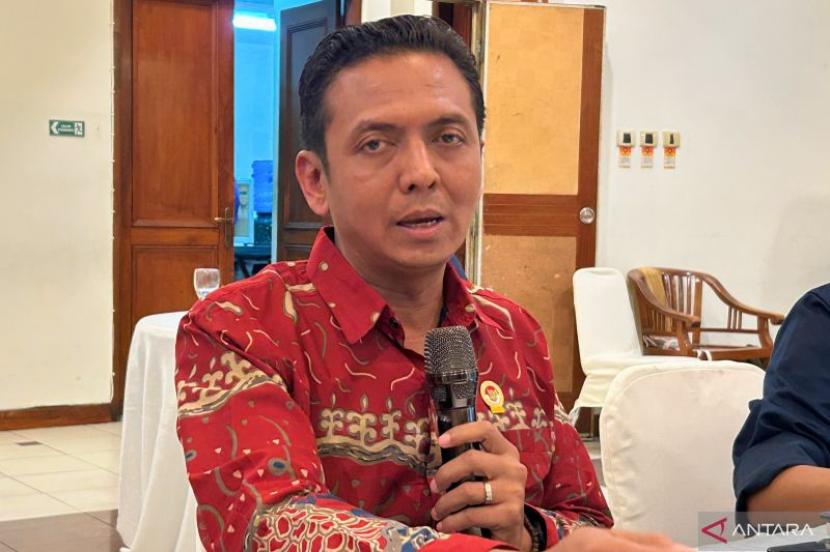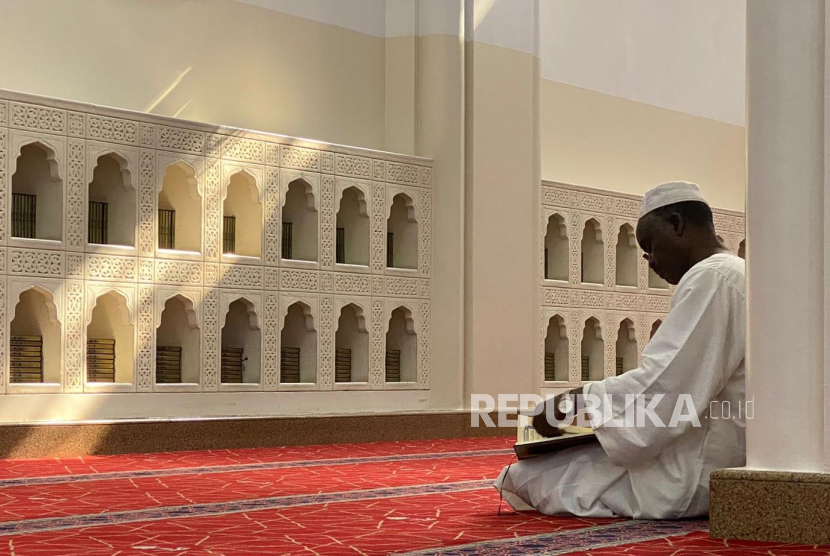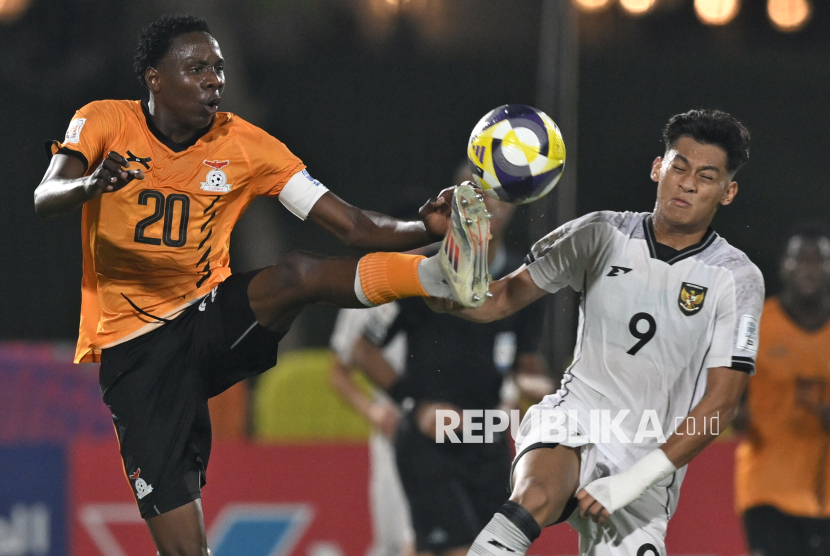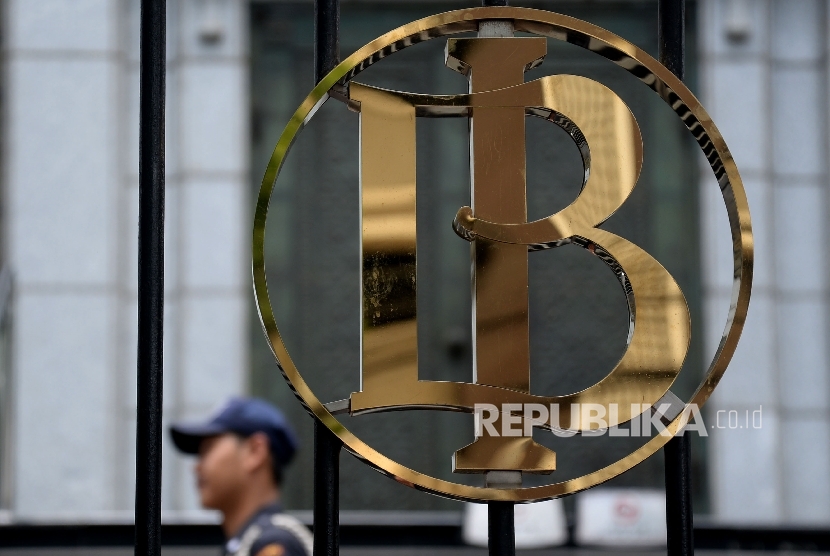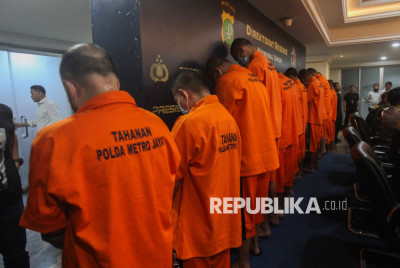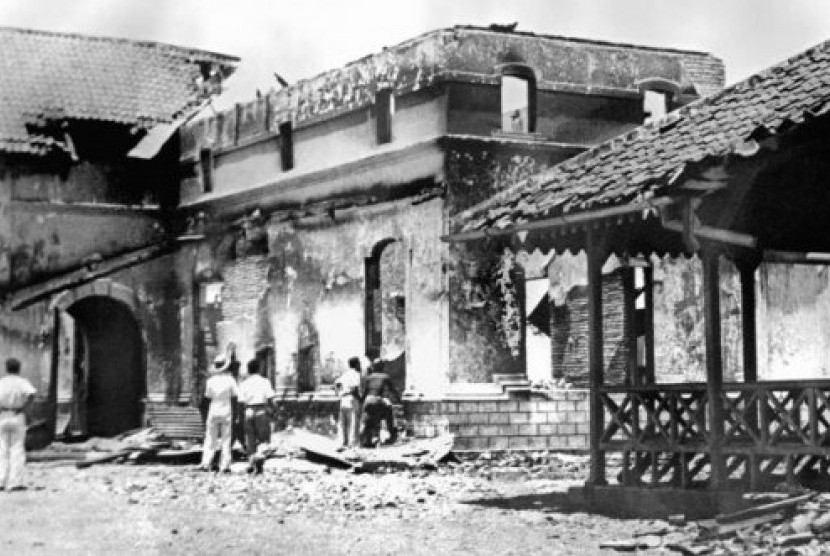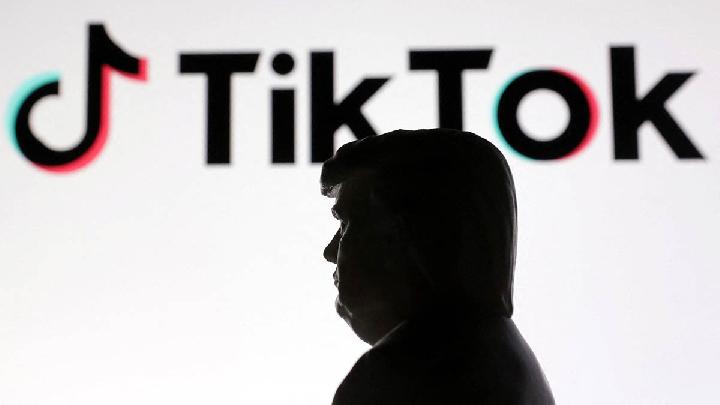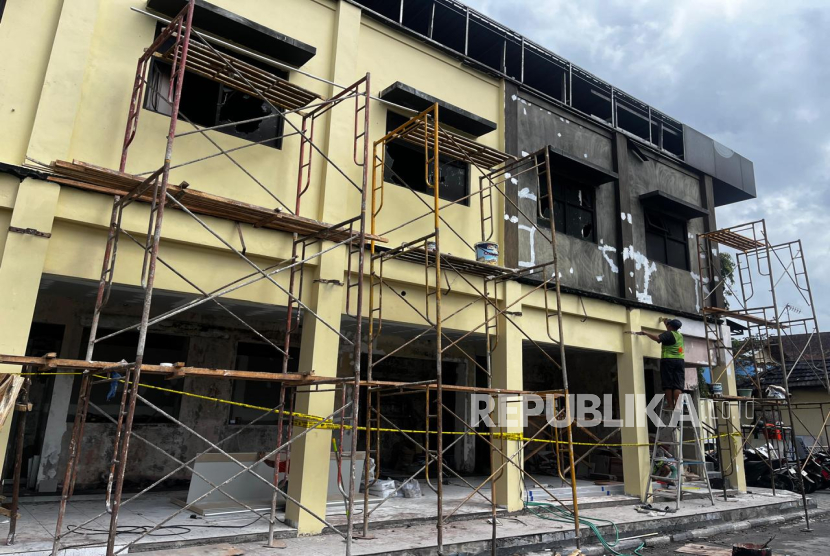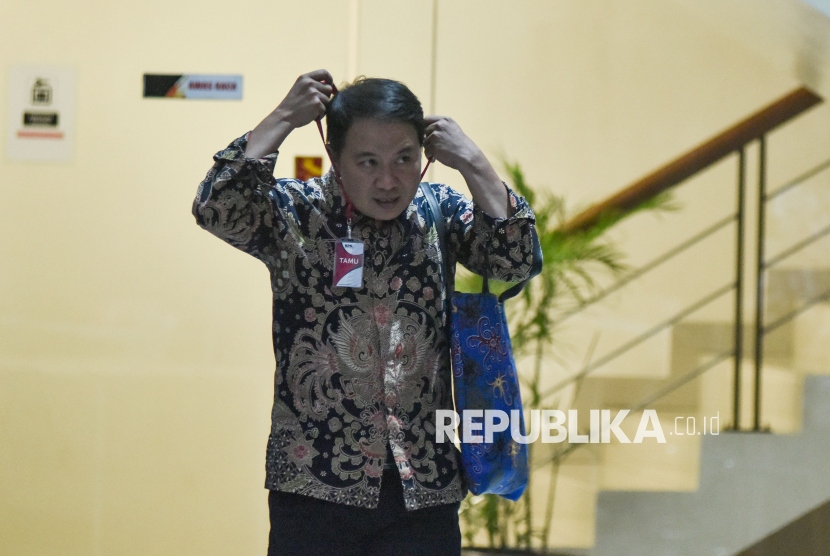TEMPO.CO, Jakarta - Australia will enhance its navy fleet with 11 frigates of Mogami class built by Mitsubishi Heavy Industries Japan worth US$6 billion, said Defense Minister Richard Marles on Tuesday, August 5, 2025.
Australia is currently undergoing a major military restructuring announced in 2023, shifting towards long-range attack capabilities to better respond to the naval power of China.
Australia aims to expand its main warship fleet from 11 to 26 over the next 10 years.
"This is clearly the largest defense industry agreement ever reached between Japan and Australia," Marles said, praising the $6 billion deal as reported by CNA.
Mitsubishi Heavy Industries won the tender, surpassing Germany's ThyssenKrupp Marine Systems.
"This decision was made based on Australia's best capabilities," Marles said. "We have a very close strategic alignment with Japan."
The Mogami-class warships are advanced stealth frigates equipped with a range of powerful weapons.
Marles stated that they will replace the aging Anzac-class warships of Australia, with the first Mogami-class ship expected to be operational by 2030.
"The Mogami-class frigate is the best frigate for Australia," Marles said.
"This is the next-generation ship. It is stealthy. It has 32 vertical launch cells capable of launching long-range missiles."
Defense Industry Minister Pat Conroy stated that the frigates are capable of launching long-range Tomahawk cruise missiles.
"The acquisition of these stealth frigates will make our navy larger and more lethal," he said.
Australia's Defense Budget
The first three Mogami-class frigates will be built overseas, Conroy said, while the shipyards in Western Australia are expected to produce the rest.
Australia announced a deal to acquire U.S.-designed nuclear-powered submarines in 2021, canceling years-long plans to develop non-nuclear submarines from France.
Under the AUKUS trilateral pact with the United States and the United Kingdom, the Australian Navy plans to acquire at least three Virginia-class submarines within the next 15 years.
The AUKUS submarine program itself could cost up to US$235 billion over the next 30 years, according to Australian government estimates, a cost that has sparked criticism of the strategy.
Major defense projects in Australia have long experienced cost blowouts, government U-turns, policy changes, and more sensible project plans for local job creation rather than defense.
Australia plans to gradually increase its defense budget to 2.4 percent of gross domestic product, above the 2 percent target set by its NATO allies but well below the U.S. demand of 3.5 percent.
Mogami Specifications
As reported by Breaking Defense, the Mogami frigate is equipped with a 32-cell Vertical Launch System that will double the initial capacity of TKMS. The ship will also be equipped with two diesel engines to provide sufficient power for advanced Anti-Submarine Warfare (ASW) systems, mine warfare systems, advanced AESA radar, and other sensors. These engines are mounted on large rubber gaskets to reduce vibration and other noise.
Capable of reaching speeds of over 30 knots, the ship has sufficient range to reach Djibouti from Japan. Its primary power is supplied by the Rolls Royce MT30 gas turbine.
Among the features emphasized by Japanese officials is the ship's sophisticated Combat Information Center (CIC), where the captain will control the ship, surrounded by up to 30 officers, although usually manned by 10 crew. The CIC is located below deck and is protected by what officials describe as a tank shield, which requires very special welding techniques to attach it to the ship's structure.
The additional protection is simple reasoning according to a Japanese captain currently serving on the Mogami and confirmed by other officials: If the CIC is severely damaged or destroyed, the ship would have to return to port as it would no longer be able to fight.
The CIC is one of the reasons why the Mogami can carry 90 crew, compared to 160 on similar ships in the Japanese navy and other countries. The Royal Australian Navy has struggled to recruit and deploy enough sailors, so the number of crew can be a factor in the selection.
Among the data displayed in the CIC is video from anywhere inside the ship for damage assessment, readings from wearable sensors (resembling sports watches) that provide data on the physical condition and location of each sailor, and high-definition imagery from the ship's cameras.
The Mogami-class frigate can also berth without using tugs and has a shallow draft, a requirement made after the 2011 tsunami that destroyed and clogged ports in northeastern Japan with debris.
Japanese officials repeatedly highlighted Mitsubishi's uninterrupted 35-year record of supplying navy ships on time. Osamu Nishiwaki, a senior official at Japan's Acquisition, Technology, and Logistics Agency (ATLA), told reporters that their government will ensure timely delivery.
"We, the Japanese government, will ensure that the entire project and all contracts will run smoothly so there will be no delays," Nishiwaki said in early July.
Editor's Choice: French Frigate Vendemiaire Makes Stopover in Bali
Click here to get the latest news updates from Tempo on Google News

